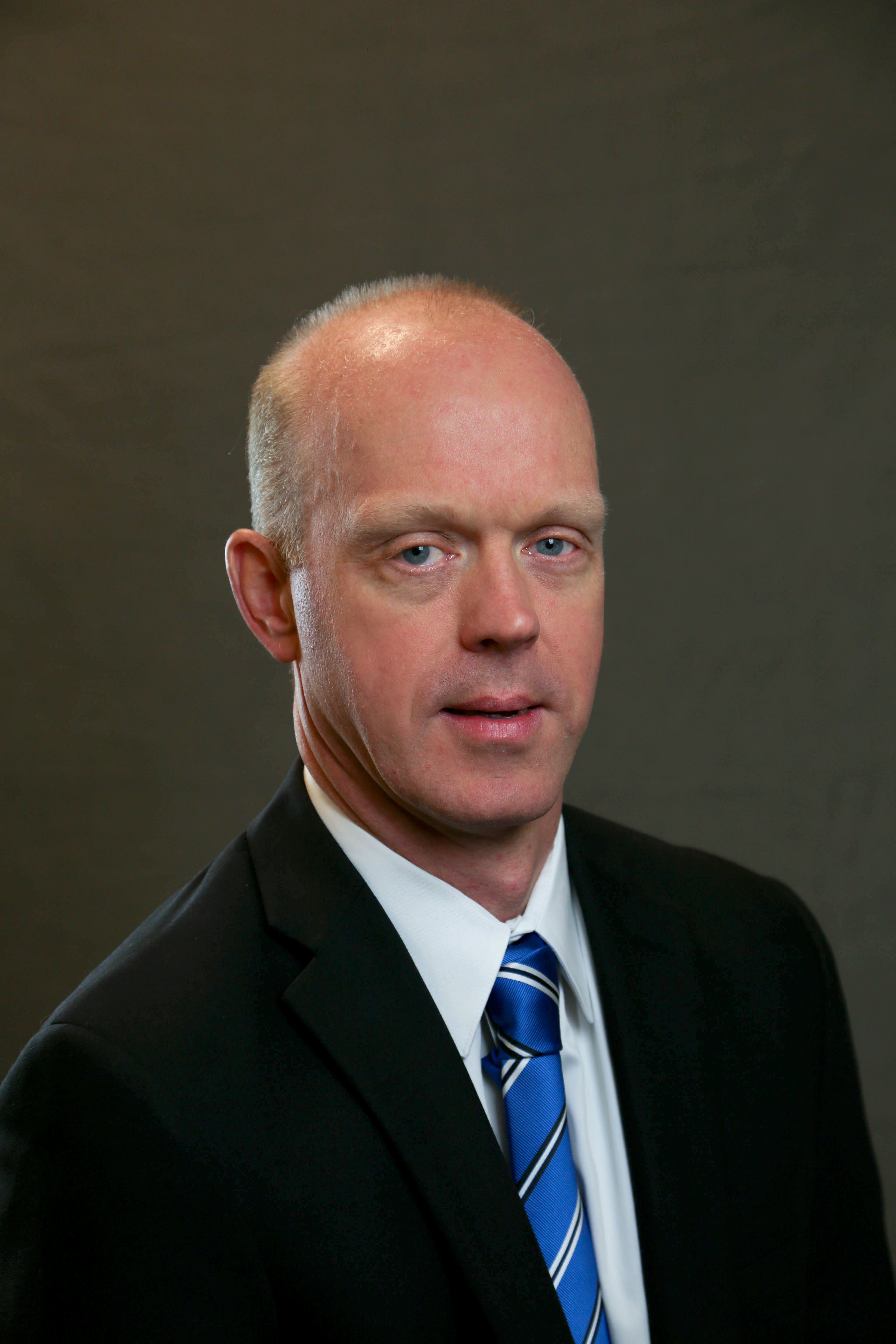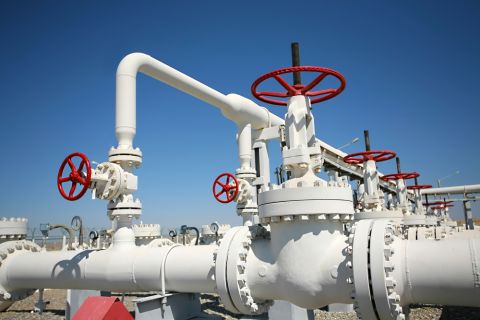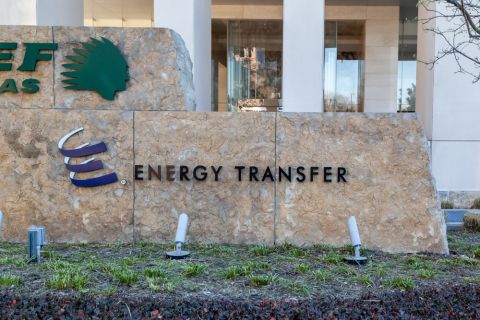
The acceleration of carbon management projects around the world is requiring rapid adaption of processes, technologies and operations. ABS, and its affiliated are working to create new standardization and certifications for CCUS projects, while also navigating fluid governance structures and compliance rules.
In November, at COP26, ABS, Huyndai Heavy Industries (HHI) and Korea Shipbuilding and Offshore Engineering (KSOE) announced two joint development projects (JDP) to develop decarbonization technologies.
According to a press release, ABS, HHI and KSOE will jointly develop technical guidance for green hydrogen production from offshore platforms as a first step to the design and construction of a facility by 2025. The project will utilize the electrolysis of seawater to generate green hydrogen. Later stages potentially include ABS Approval in Principle (AIP) and generic design approval, supporting engineering development right through to project construction.
A second offshore carbon capture JDP is focused on securing an AIP for HHI and KSOE’s design for a CO2 injection platform for offshore storage. The platform is designed to be able to store 400,000 tons of captured and liquefied CO2 every year from 2025.
In an exclusive interview from the Offshore Technology Conference in Houston, ABS vice president, technology, Gareth Burton discussed ABS’ role in setting standards and certifications for new CCUS projects, and talked about the challenges in a fast-moving energy transition in establishing projects that create value and succeed in reducing emissions.
Hart Energy: What is ABS’ role in the carbon capture, sequestration and use space?

Burton: ABS establishes appropriate requirements and verifies those requirements for marine and offshore assets. And certainly, carbon capture, as the energy transition in the industry continues, is a key component of that. So, in the carbon capture realm, ABS has had a number of activities to date. We've issued some publications for industry, including some white papers on the topic, setting out the challenges and opportunities on (CCUS). So, providing industry information would be one, and then the other aspect where ABS gets engaged across the complete value chain is early-stage projects. As these various technologies come to fruition and mature, and certainly in the carbon capture realm, we've been engaged in various projects, and the one that we're talking about is an approval in principle, or what we would call an AIP. And that AIP is that initial stage of the approval of an early-stage design.
Hart Energy: How does ABS establish classifications and standardizations for something like CCUS that's really just kind of getting off the ground, at least in the upstream sector?
Burton: We look at those early-stage designs, not just of carbon capture, but in the broader scale of the energy transition, there are a lot of words out there, like hybrid electrical power systems, as an example, for investors. And we get very involved in those items on carbon capture and things like green hydrogen as well. We have a framework in place called our New Technology Qualification, what we call our NTQ. And that is a framework that we utilize to look at technology that doesn't have preexisting requirements.
Hart Energy: You're not exactly creating something from scratch, but you have to have a baseline to build off of when creating standardizations and certifications. Where is that baseline at and how do you move on from there?
Burton: The way that we look at new technologies is that we take a step back, we look at what we call a systems-based approach. So, a broad level of that new technology. And we look at the elements of that technology that are similar to being used elsewhere. Maybe some of it is being used onshore, maybe some of it has been used in different industries in different ways. And we look at the risks, for example, onshore, and then we look at the delta between what's been used onshore and what's going to be used offshore. And by leveraging the information that already exists and doing that gap analysis between what exists and the reality for an offshore environment, we can identify that risk and then mitigations that need go along with it.
Hart Energy: What are, what are some of the challenges that industry faces in terms of CCUS projects?
Burton: I think like all new technologies, there's the uncertainty that is associated with it, which is where the classification society and ABS comes into play to help establish those requirements and that framework. As the technology matures and transitions from onshore to offshore, the marinization of that equipment would certainly be a second item. And on the broader perspective, the economics of making sure that processor will work over time, or certainly a key element.
Hart Energy: Are the economics established to make projects like these valuable for companies to invest in?
Burton: The business case for (CCUS) is certainly improving. We see a significant uptake in the queries on the topic. And what we have seen is that the economics aspects continue to look more favorable.
Hart Energy: How do different regional perceptions on the energy transition, different regulations and perspectives create challenges for what ABS does?
Burton: Certainly, there are different areas of focus across the globe. Part of that is driven by the discussions that are ongoing with regard to carbon taxes in various geographies around the world. In other areas, we see increased government support of the activities, and as that government support ramps up, then certainly there's a greater incentive to engage in such projects.
Recommended Reading
Wayangankar: Golden Era for US Natural Gas Storage – Version 2.0
2024-04-19 - While the current resurgence in gas storage is reminiscent of the 2000s —an era that saw ~400 Bcf of storage capacity additions — the market drivers providing the tailwinds today are drastically different from that cycle.
Ozark Gas Transmission’s Pipeline Supply Access Project in Service
2024-04-18 - Black Bear Transmission’s subsidiary Ozark Gas Transmission placed its supply access project in service on April 8, providing increased gas supply reliability for Ozark shippers.
Kinder Morgan Sees Need for Another Permian NatGas Pipeline
2024-04-18 - Negative prices, tight capacity and upcoming demand are driving natural gas leaders at Kinder Morgan to think about more takeaway capacity.
Scathing Court Ruling Hits Energy Transfer’s Louisiana Legal Disputes
2024-04-17 - A recent Energy Transfer filing with FERC may signal a change in strategy, an analyst says.
Balticconnector Gas Pipeline Will be in Commercial Use Again April 22, Gasgrid Says
2024-04-17 - The Balticconnector subsea gas link between Estonia and Finland was damaged in October along with three telecoms cables.




